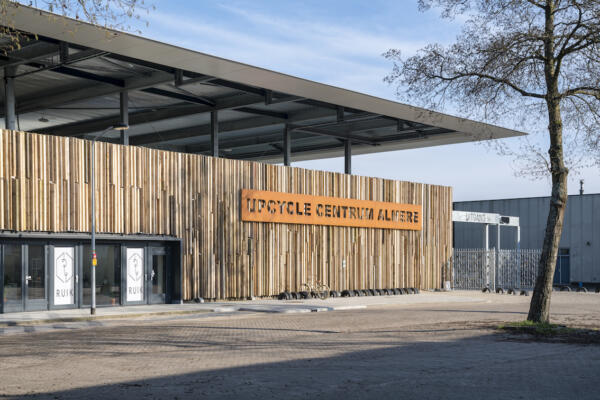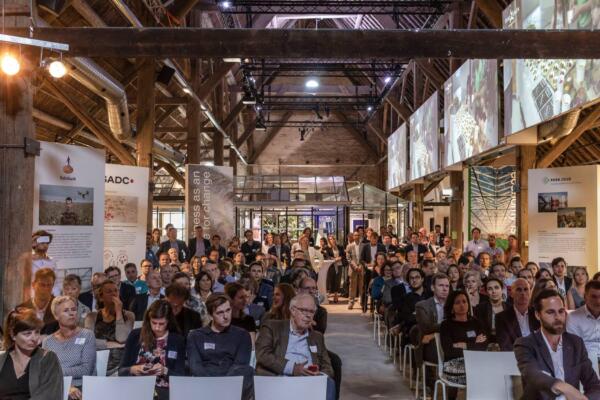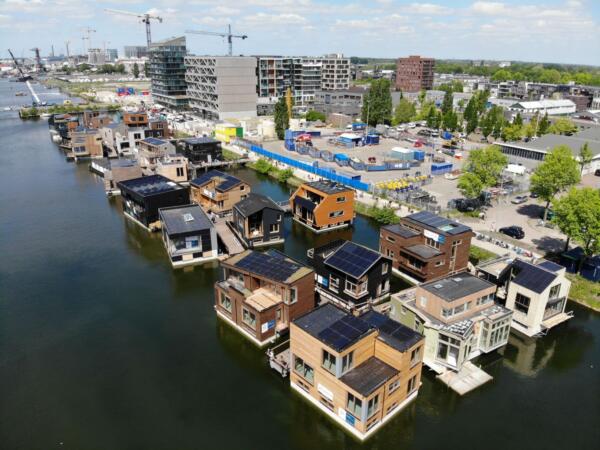De Circulaire Weg – The Circular Road
The Infrastructure as a Service (IaaS) concept is seen as a new form of collaboration and contract model to smooth out and accelerate circularity in the infrastructure sector. The partner program De Circulaire Weg (DCW) investigates the possibilities of whether ‘Infra As a Service’ can be applied in practice and whether this leads to more circularity.
In various test projects, the partners examine which innovations, technical solutions, processes, forms of collaboration and revenue models promote circularity. Valuable lessons and success stories can already be shared based on the first results of the pilot projects.
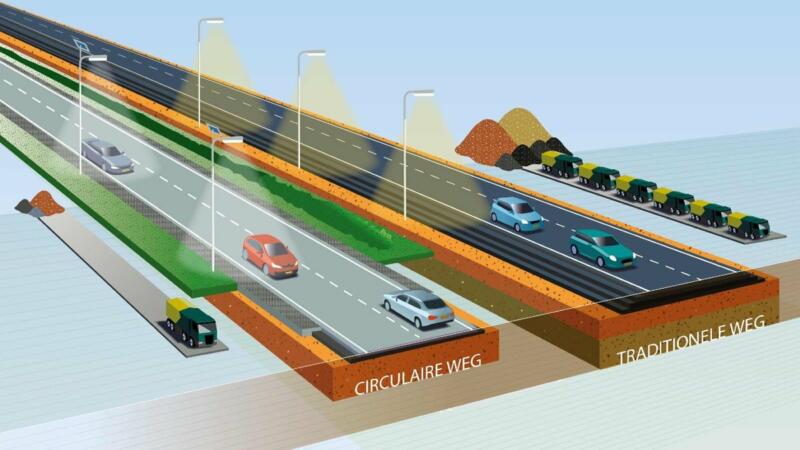
There is no blueprint for circular entrepreneurship. Together we look at the complexity of the question and then determine how we are going to tackle it.
Frederike Noppers, Programme Manager, De Circulaire Weg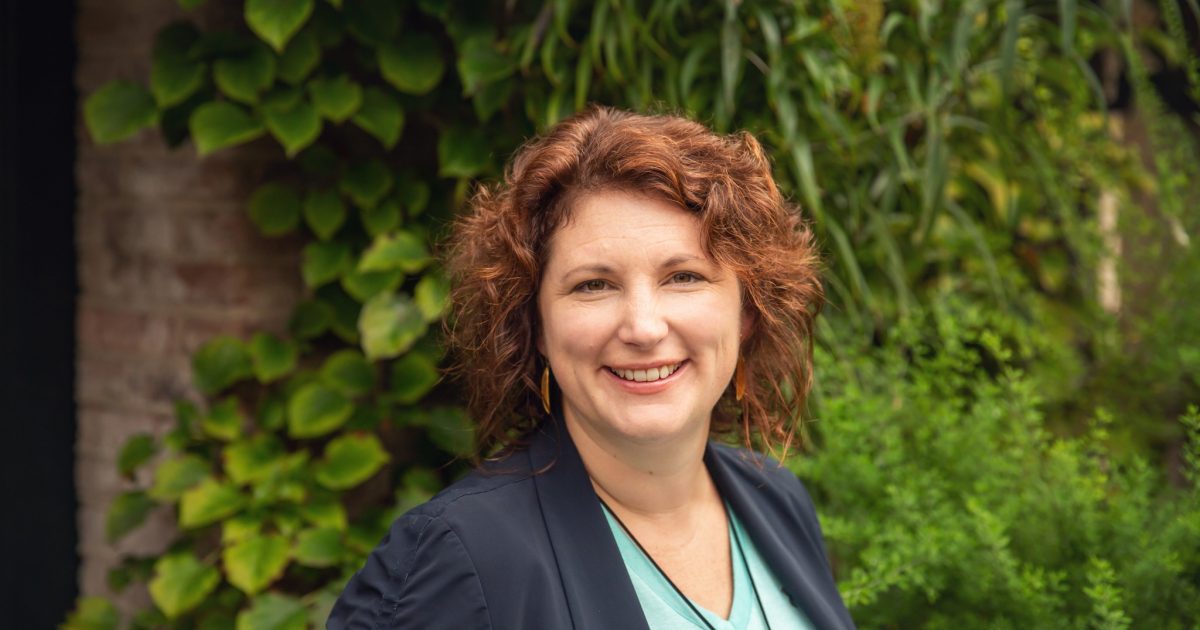
De Circulaire Weg: another business model for real circular infrastructure?
In the two-year partner program, the initiator Dura Vermeer, along with TU Delft, ABN AMRO, the Nederlandse Waterschapsbank, Sweco, three municipalities (Amersfoort and Utrecht and the Municipality of Amsterdam) and three provinces (Noord-Brabant, Noord-Holland and Overijssel) started answering this question on the basis of 7 practical cases. It explores whether the application of IaaS leads to more circularity and which barriers to the application should be removed.
Testing the concept in different pilot projects with different assets, ranging from lighting to roads and bridge decks to guardrails, helps identify the situations in which IaaS can stimulate circular construction. Therefore, the partners decided to share the results with the sector when they become available (expected mid-2022) in order to enhance circularity.

The Infra As a Service guide: the first successes and lessons learned
The partners experience how cooperation works within this business model through real-life projects, and which (new) roles are useful. Sweco Netherlands has bundled the personal experiences of the partners in a guide, and analyses the lessons learned relating to procurement and cooperation. Important (intermediate) conclusions are:
In IaaS the design process is focused on value creation due to the lifecycle approach. If all (financial) information is available, it is possible to reach a solid, positive business case.
The pilot with light as a service in the province of Noord Brabant was successfully transformed from pilot to full project. In phase 1, 55% energy reduction was achieved, and the lifespan of light fixtures was extended by 5-10 years. In addition, it resulted in an overall positive impact on biodiversity.

